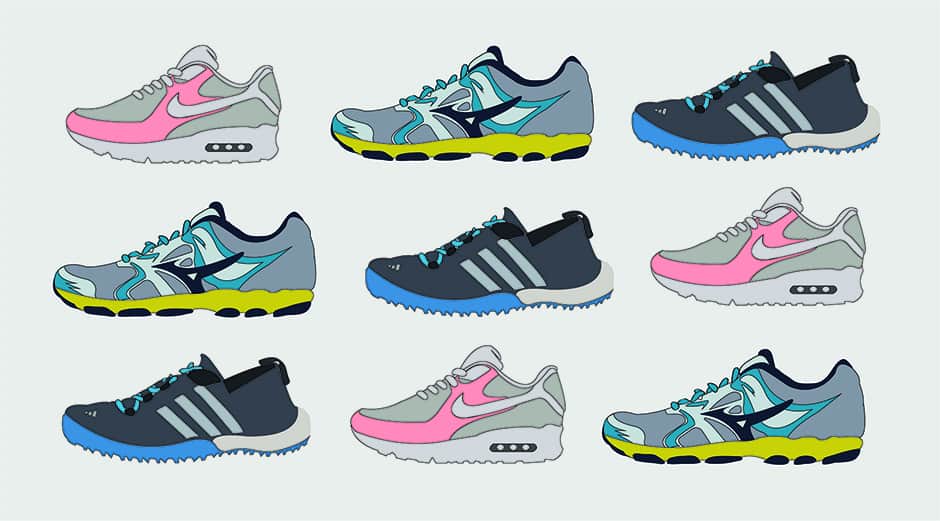Bearing the brunt of up to a million pounds of pressure throughout a workout, continuously stabilizing you, and supporting you for as long as you stand are only a few crucial jobs your feet accomplish throughout the day.
With all of the work they do on a daily basis, your feet — which are made up of hundreds of bones, muscles, and ligaments — become susceptible to fractures, strains, and the dreaded foot cramp — all signs of too much work and a lack of TLC.
Choosing the right pair of shoes for your activity can make a world of difference to your feet’s well-being as well as your athletic performance. The right pair of shoes can mean the difference between hitting a new personal record and being sidelined with shin splints or stress fractures.
The first step in the process is determining your foot type. Although feet come in all shapes and sizes, the three main “types” of feet are flat arch, normal arch, and high arch. Each foot type will require a different fit, shoe, model, and even brand.
After determining what type of arch you have, you’ll have to determine if your primary activity will consist of running, jumping, lifting, throwing, or climbing. Determining this is necessary to finding the right shoe to cater to the specific movements you’re performing on a daily basis.
To help narrow down the search, here are some of the most popular types of shoes for a wide array of athletic pursuits that should help you get started on the right foot.
Traditional Running Shoes
Brands like Mizuno, ASICS, and Saucony are the most popular among runners and are considered traditional running shoes. These shoes offer a diverse array of support and styles in order to meet the needs of your specific foot structure. Even if you’re not a marathoner or an endurance athlete, running shoes are the baseline and a necessity for any athlete in order to maintain good form and prevent injury.
Nike Free
More of a fashion statement than actual athletic shoes, Nike Free shoes have been designed to cater to a wider range of activities than the traditional sneaker due to their light weight and flexibility. While not recommended for anyone clocking serious mileage because of their lack of support, Nike Frees are great for low impact activities like cycling, rock climbing, and aerobics.
Spikes
For the serious sprinter, distance, and field athlete, spikes are lightweight rigid shoes with tiny teeth located on the ball of the foot and sometimes also on the heel of the foot depending on the sport. Designed to grip into the dirt or track for traction, spikes are reserved for the more serious, competitive athlete.
OWL Shoes
Olympic weight-lifting OWL shoes are a cross fitter’s dream. These shoes are completely flat on the bottom and are fitted with small shocks to help absorb extreme weight and stabilize your foot mid-lift. Brands like Reebok and Adidas carry some of the most popular OWL shoes.


